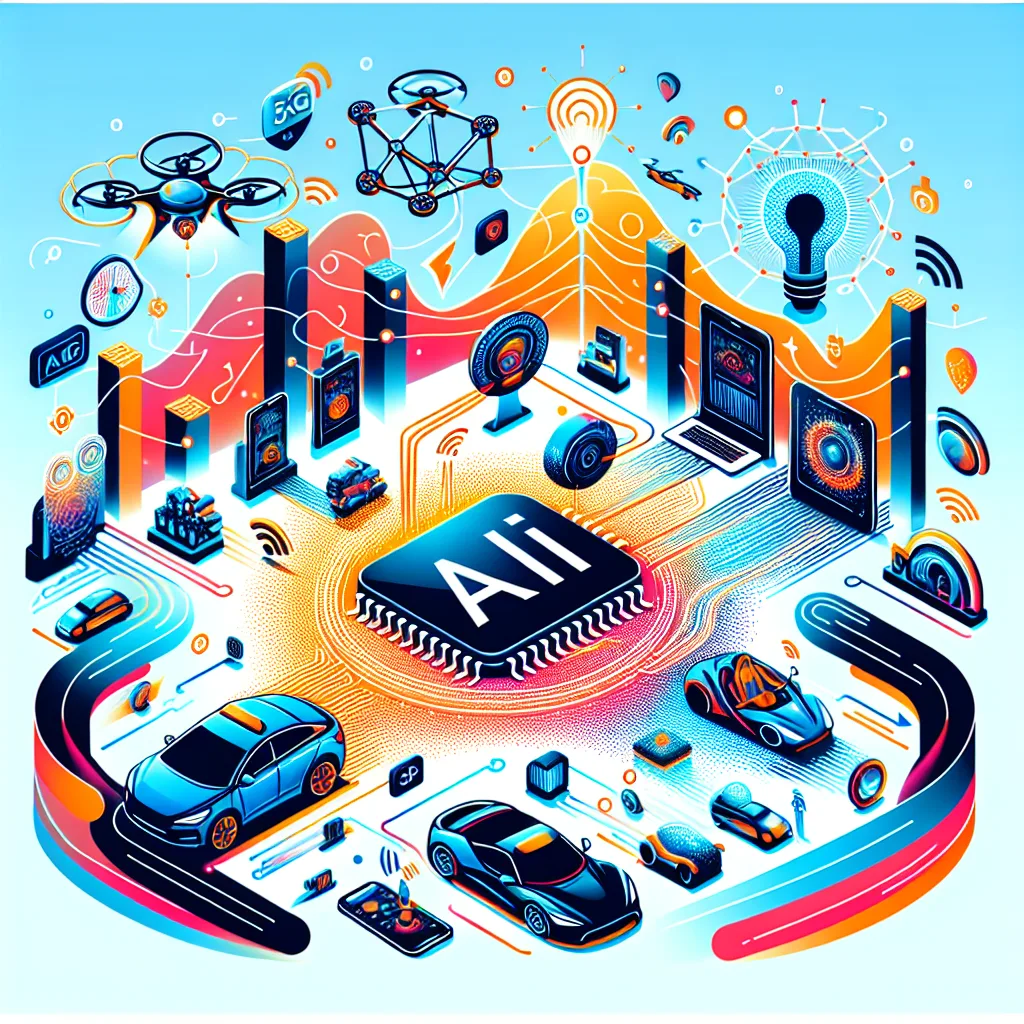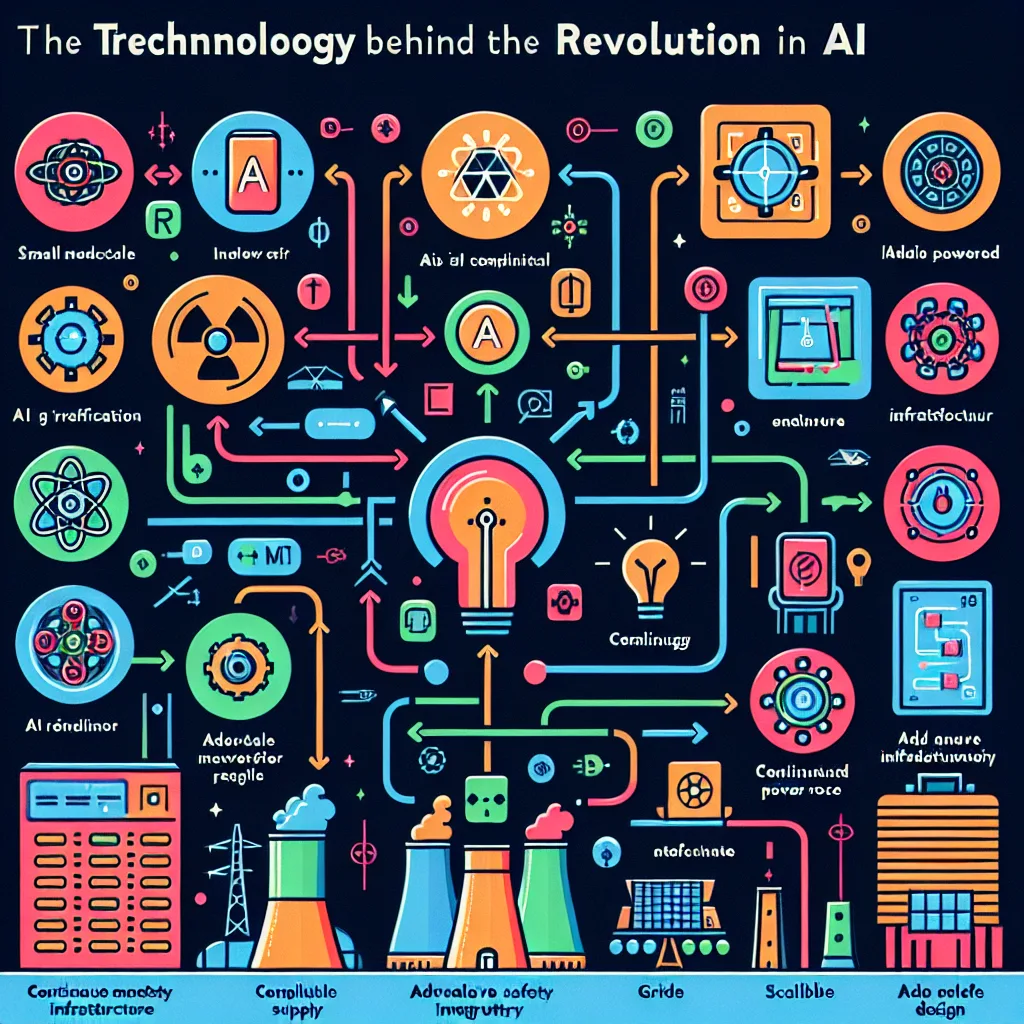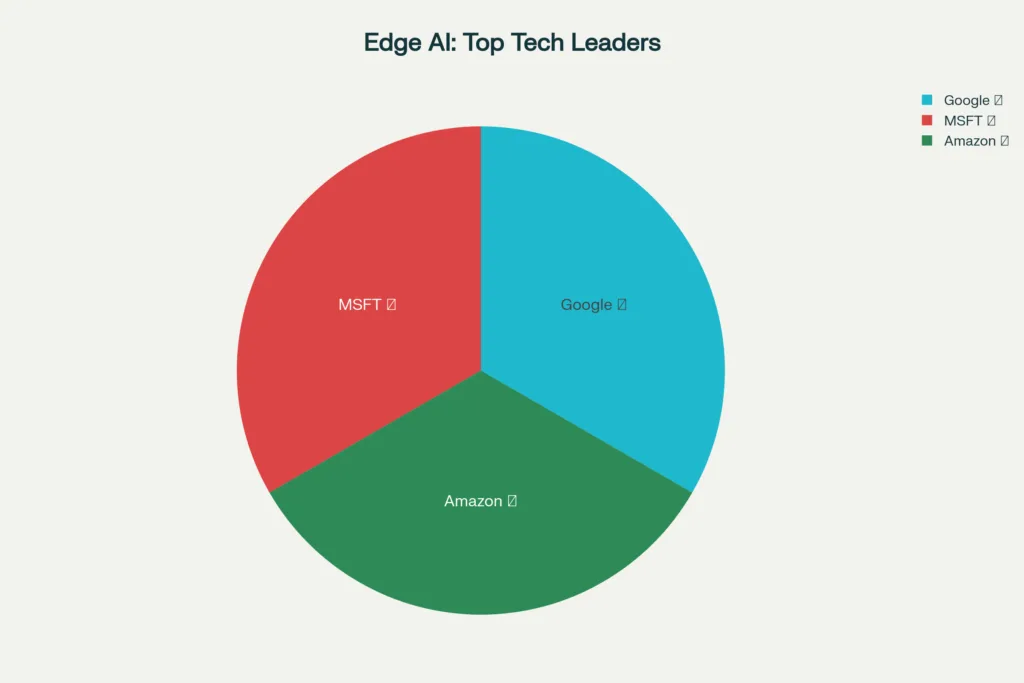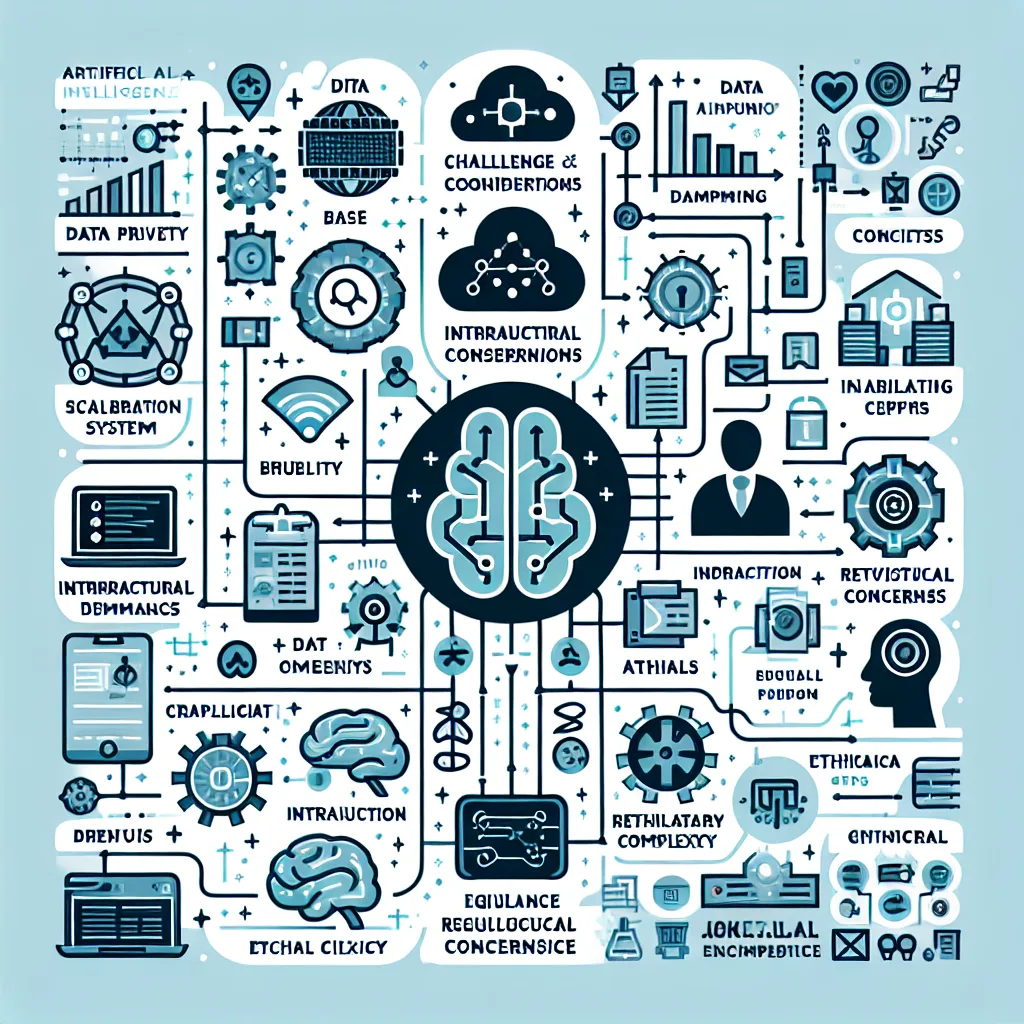The Rise of Edge AI: How Real-Time Processing is Revolutionizing Technology in 2025

Table of Contents
The artificial intelligence landscape is undergoing a fundamental transformation in 2025, shifting from cloud-dependent systems to intelligent processing at the edge of networks. This paradigm shift, known as Edge AI, is not just another technological trend—it’s reshaping how we interact with smart devices, autonomous systems, and IoT networks in real-time.
As we witness unprecedented AI investment reaching $170 billion across major tech companies, Edge AI emerges as the critical technology enabling everything from autonomous vehicles to smart manufacturing, promising to deliver AI capabilities with minimal latency and enhanced privacy protection.
What is Edge AI and Why Does It Matter?
Edge AI refers to the deployment of artificial intelligence algorithms directly on local devices—smartphones, IoT sensors, autonomous vehicles, and industrial equipment—rather than relying on distant cloud servers for processing. This decentralized approach fundamentally changes how AI systems operate, bringing computation closer to where data is generated.
The significance extends far beyond technical specifications. By 2025, over 50% of enterprise data is expected to be processed at the edge, marking a decisive shift toward more responsive, secure, and efficient AI applications that can operate independently of internet connectivity.
The Technology Behind the Revolution

Processing Power Evolution
Modern edge devices now incorporate specialized AI chips, neuromorphic processors, and advanced GPUs capable of handling complex machine learning algorithms locally. These hardware innovations enable real-time decision-making without the traditional dependence on cloud infrastructure.
Advanced Neural Network Optimization
Edge AI systems utilize compressed neural networks, quantized models, and specialized architectures designed for resource-constrained environments. Companies are developing smaller, more efficient AI models that maintain accuracy while operating within the power and memory limitations of edge devices.
Industry Applications Transforming Business Operations
Major Tech Companies Leading the Edge AI Revolution

Google’s Breakthrough with Gemini Robotics On-Device
Google recently introduced Gemini Robotics On-Device, representing a significant advancement in bringing multimodal AI reasoning directly to robotic systems. This development enables robots to understand and interact with their physical environment without constant cloud connectivity, marking a crucial step toward truly autonomous machines.
Microsoft’s Enterprise Integration
Microsoft continues expanding its Copilot AI features across Windows and Azure DevOps, with approximately 30% of new code at Microsoft now being machine-generated. This integration demonstrates how Edge AI is transforming software development workflows and productivity tools.
Amazon’s Global Infrastructure Investment
Amazon’s ₹20 billion investment in India includes significant Edge AI infrastructure development, positioning AWS to support the growing demand for local AI processing capabilities. This strategic move reflects the global shift toward distributed AI computing architectures.
The Competitive Advantages of Edge AI
Latency Reduction and Real-Time Processing
Edge AI eliminates the millisecond delays associated with cloud-based processing, enabling applications that require instant responses. Autonomous vehicles, industrial automation, and augmented reality systems particularly benefit from this immediate processing capability.
Enhanced Data Privacy and Security
By processing sensitive information locally, Edge AI addresses growing privacy concerns and regulatory requirements. Personal data remains on the device, reducing exposure to potential breaches and ensuring compliance with data protection regulations.
Cost Optimization and Bandwidth Efficiency
Organizations report significant cost savings from reduced cloud computing expenses and bandwidth usage. Edge AI systems process data locally, transmitting only relevant insights rather than raw data streams.
Challenges and Implementation Considerations

Technical Complexity
Deploying Edge AI requires sophisticated hardware-software integration, specialized development skills, and ongoing maintenance capabilities. Organizations must balance processing power, energy consumption, and cost considerations when selecting appropriate edge computing solutions.
Scalability and Management
Managing thousands of distributed edge devices presents operational challenges including software updates, security patches, and performance monitoring. Companies are developing new orchestration platforms to address these distributed system management requirements.
Integration with Legacy Systems
Many organizations face compatibility issues when integrating Edge AI with existing infrastructure. Successful implementations often require phased approaches and significant system architecture modifications.
Regional Market Dynamics and Growth Patterns
Future Implications and Market Projections
Integration with 5G Networks
The expansion of 5G infrastructure is accelerating Edge AI deployment by providing the high-speed, low-latency connectivity necessary for sophisticated edge computing applications. This convergence creates new possibilities for mobile Edge AI experiences and industrial IoT implementations.
Quantum-Enhanced Edge Computing
As quantum computing technologies mature, hybrid quantum-classical edge systems may emerge, offering unprecedented processing capabilities for complex optimization and machine learning tasks.
Sustainable AI Computing
Edge AI contributes to sustainability goals by reducing data center energy consumption and enabling more efficient resource utilization. This aligns with growing corporate commitments to environmental responsibility.
Investment and Business Opportunities
Startup Ecosystem
The Edge AI startup ecosystem is attracting significant venture capital investment, with companies developing specialized chips, software platforms, and industry-specific solutions. This creates opportunities for both investors and technology partners.
Enterprise Transformation
Organizations implementing Edge AI report improved operational efficiency, enhanced customer experiences, and new revenue streams. Early adopters are establishing competitive advantages in their respective markets.
Frequently Asked Questions
Q: How does Edge AI differ from traditional cloud-based AI?
A: Edge AI processes data locally on devices rather than sending information to remote cloud servers. This approach reduces latency, enhances privacy, and enables operation without internet connectivity, making it ideal for real-time applications.
Q: What industries benefit most from Edge AI implementation?
A: Healthcare, manufacturing, automotive, retail, and agriculture show the greatest Edge AI adoption. These sectors require real-time processing, have privacy concerns, or operate in environments with limited connectivity.
Q: What are the main technical challenges in deploying Edge AI?
A: Key challenges include limited processing power on edge devices, battery life constraints, software complexity, device management at scale, and integration with existing systems.
Q: How does 5G technology impact Edge AI development?
A: 5G provides the high-speed, low-latency connectivity that enables sophisticated Edge AI applications, particularly for mobile devices and IoT networks. This combination creates new possibilities for real-time AI experiences.
Q: What security considerations are important for Edge AI systems?
A: Edge AI systems require robust device-level security, secure software updates, encrypted communications, and protection against physical tampering. The distributed nature of edge computing creates unique security challenges.
Q: How can businesses evaluate Edge AI investment opportunities?
A: Consider factors including current infrastructure, specific use cases, cost-benefit analysis, technical expertise requirements, and integration complexity. Start with pilot projects to validate benefits before large-scale deployment.
Q: What role does Edge AI play in sustainable technology initiatives?
A: Edge AI reduces data center energy consumption, enables more efficient resource utilization, and supports environmental monitoring applications. This contributes to corporate sustainability goals while improving operational efficiency.
The Edge AI revolution represents more than technological advancement—it’s a fundamental shift toward intelligent, responsive, and privacy-conscious computing systems. As we progress through 2025, organizations that successfully implement Edge AI strategies will establish significant competitive advantages in an increasingly connected world.
The convergence of advanced hardware, sophisticated algorithms, and expanding network infrastructure creates unprecedented opportunities for innovation across industries. Whether enhancing customer experiences, optimizing operations, or enabling new business models, Edge AI stands as the cornerstone technology defining our intelligent future.
IF YOU REACH AT END, GO GIVE A LOOK AT blogs ON OUR MAIN website.
